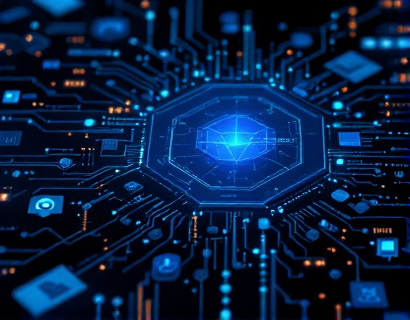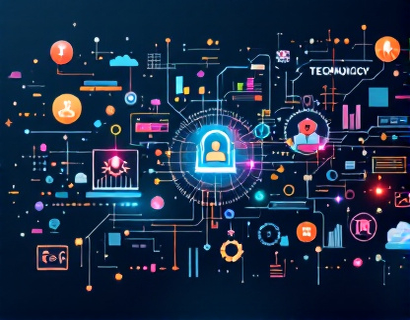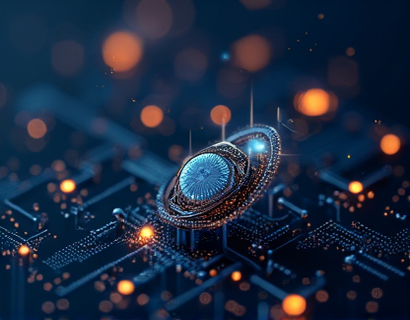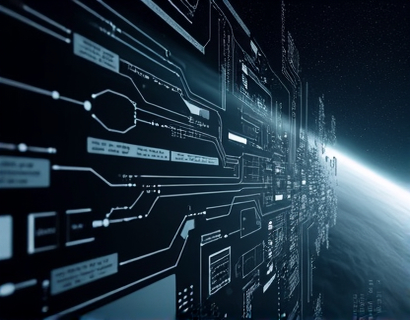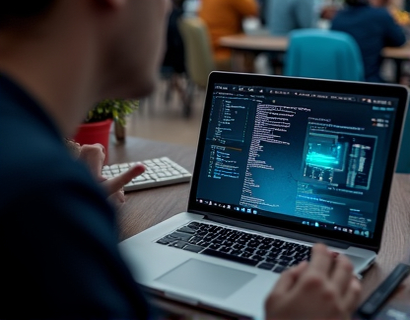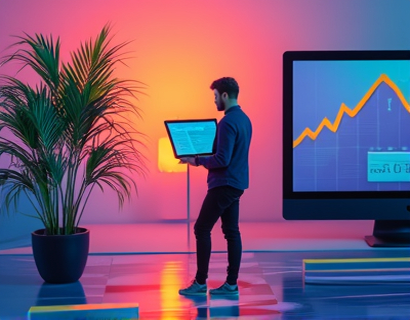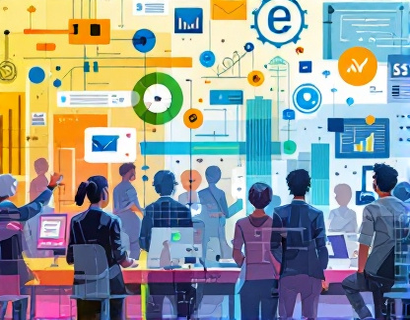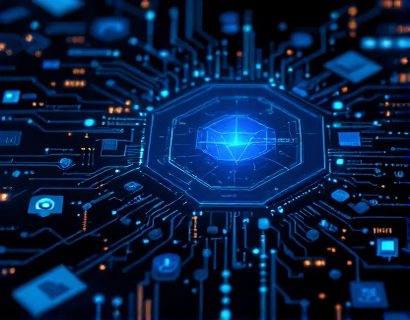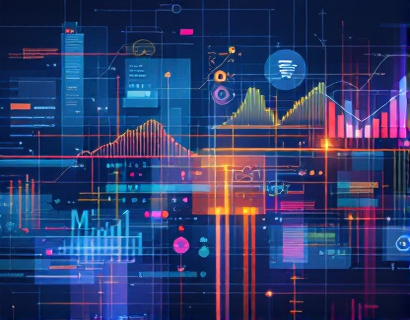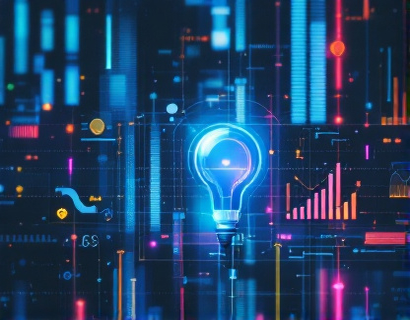Decentralized Productivity: Revolutionizing Business with AI and Crypto Integration
The integration of artificial intelligence (AI) and cryptocurrency is ushering in a new era of decentralized productivity, transforming the way businesses operate and collaborate digitally. This revolution is not just about adopting new technologies but redefining the very foundations of digital workspaces. For tech innovators and early adopters, understanding this convergence is crucial to staying ahead in a rapidly evolving landscape.
Decentralized productivity tools powered by AI and crypto offer a unique blend of security, transparency, and efficiency. These tools leverage blockchain technology to create immutable and tamper-proof records, ensuring that all transactions and collaborations are secure and verifiable. AI enhances these systems by providing intelligent automation, predictive analytics, and personalized user experiences, making complex tasks more manageable and streamlining workflows.
The foundation of this new paradigm lies in blockchain's ability to facilitate trustless interactions. In a traditional centralized system, trust is placed in a central authority to manage and verify transactions. In contrast, blockchain eliminates the need for intermediaries by using a distributed ledger that all participants can access and validate. This not only reduces costs and delays but also minimizes the risk of fraud and errors.
AI, on the other hand, brings a level of intelligence and adaptability that traditional systems lack. Machine learning algorithms can analyze vast amounts of data to identify patterns, predict outcomes, and automate routine tasks. When combined with blockchain, AI can optimize processes in real-time, adapt to changing conditions, and provide insights that drive better decision-making.
One of the key applications of this integration is in the realm of smart contracts. Smart contracts are self-executing contracts with the terms of the agreement directly written into code. They run on blockchain networks and automatically enforce and execute contractual obligations when predefined conditions are met. AI can enhance smart contracts by adding layers of intelligence, such as natural language processing for more complex agreements or predictive analytics to forecast potential issues before they arise.
Decentralized applications (dApps) are another significant outcome of this integration. dApps operate on blockchain networks and use AI to provide advanced functionalities. For instance, a decentralized project management tool can use AI to assign tasks based on team members' availability and expertise, track progress in real-time, and predict project timelines with high accuracy. This level of automation and insight not only boosts productivity but also enhances collaboration among distributed teams.
The benefits of decentralized productivity tools extend beyond efficiency and security. They promote a more democratic and inclusive approach to business operations. In a decentralized system, no single entity has control, which means that power and decision-making are distributed among participants. This democratization can lead to more innovative solutions and a more resilient business ecosystem, as it reduces the risk of bottlenecks and single points of failure.
For businesses, adopting these decentralized tools can mean a competitive edge in the market. By leveraging AI and blockchain, companies can streamline operations, reduce costs, and enhance transparency. For example, supply chain management can be revolutionized with blockchain's traceability and AI's predictive capabilities, ensuring that products move smoothly from production to consumption with minimal delays and maximum visibility.
Moreover, the integration of AI and crypto in productivity tools addresses some of the most pressing challenges in digital collaboration. Data privacy and security are paramount concerns in today's digital landscape. Blockchain's cryptographic techniques ensure that data is encrypted and only accessible to authorized parties, while AI can implement advanced security protocols and detect anomalies in real-time, further fortifying the system against threats.
The user experience in decentralized productivity environments is also significantly enhanced. AI-driven interfaces can adapt to individual user preferences and work styles, providing personalized dashboards, recommendations, and tools. This level of customization not only improves usability but also increases user satisfaction and engagement. Additionally, the transparency provided by blockchain allows users to see and verify the actions of others, fostering a culture of trust and accountability.
However, the journey to widespread adoption of decentralized productivity tools is not without challenges. One of the primary hurdles is the technical complexity involved in integrating AI and blockchain. Developers need a deep understanding of both technologies to create robust and user-friendly applications. Moreover, the scalability of blockchain networks remains a concern, as current technologies may struggle to handle the high transaction volumes required for large-scale business operations.
Another challenge is the regulatory landscape. As decentralized systems operate outside traditional legal frameworks, there is a need for clear guidelines and standards to ensure compliance and protect users. Governments and regulatory bodies are beginning to address these issues, but the evolving nature of these technologies means that regulations will continue to adapt and change.
Despite these challenges, the potential benefits are substantial. The future of decentralized productivity is bright, with continuous advancements in AI and blockchain paving the way for more sophisticated and capable tools. As more businesses recognize the value of these technologies, we can expect to see a surge in innovation and adoption.
For tech innovators and early adopters, the opportunity to be at the forefront of this revolution is immense. By embracing decentralized productivity tools powered by AI and crypto, these individuals can not only improve their own operations but also contribute to shaping the future of digital collaboration and business practices. The path ahead is exciting, and those who dare to explore it will find themselves at the cutting edge of a transformative technological movement.








